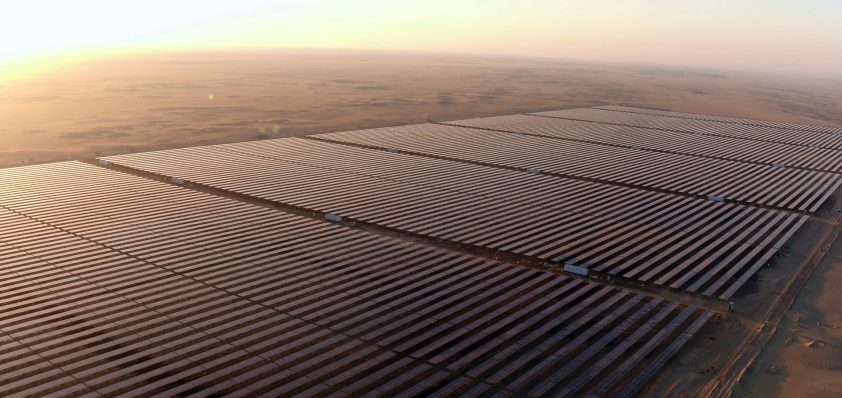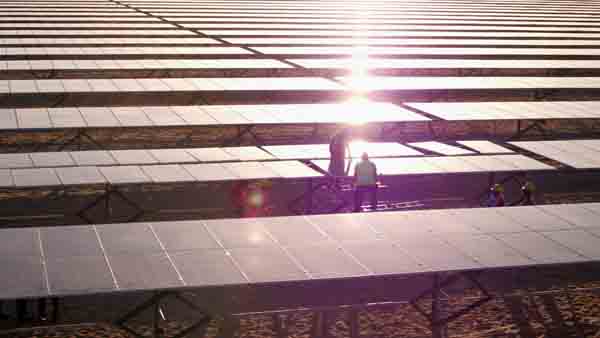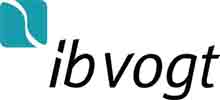
Making PV assets valuable
Solar PV plants are integral to the future of energy. They are also a class of financial assets with their own particular set of risks and opportunities. German turnkey PV developer ib vogt illustrates a financial-centric approach based on the example of projects in Egypt’s 1.8 GW solar park
According to Bloomberg New Energy Finance, 2018 saw the addition of 109 GW of solar capacity worldwide, financed by $130.8 billion. This ensures carbon-neutral electricity provision for millions of people all over the world. It also entails the creation of a class of financial assets that will offer a set of unique opportunities – if set up correctly.
The scale of these opportunities and of the market is growing continuously, driven by the increased competitiveness of the technology where installed cost per megawatt keep improving. In 2018, estimated new PV installations increased by ten per cent whilst the overall investment in solar dropped significantly by 24 per cent compared to 2017. Utility-scale solar power plants play a major role in this development and have increasingly become one of the most attractive asset bases for investors looking to diversify their portfolio in the renewable energy sector. They are able to deliver interesting risk-adjusted returns, are a stable and low risk asset class and substantially help serve the growing demand for green investments.
Throughout the development, construction and management of a plant, many technical factors come together to determine its performance. These factors can be optimised to provide a maximal power output and minimal operational cost in order to ensure the best return on investment. In addition to these optimisation aspects, the PPA, financial design and structuring of projects is an increasingly important factor to maximise the value of the financial asset for the investor.
World’s largest solar park
In 2014, Egypt opened its grid to private power producers and established a feedin tariff (FiT) programme. The initial programme was based on the solar complex in Benban – at that time the world’s largest solar park. A ‘Round 1’ of that programme was closed in October 2016, followed by Round 2 in October 2017. As a result, one of the largest solar complexes in the world is set to be completed by mid-2019. It will consist of 32 separate solar PV plants with an output of 1.8 GW, and financing of more than $2 billion was provided by multiple banks and development finance institutions (DFIs).
The Project Financing is one of the biggest challenges when it comes to successful deployment of large-scale PV plants, especially in perceived higher risk regions where renewable energy is not yet established. This became strikingly obvious when international developers and financers retreated from the first round of Egypt’s FiT programme. Out of an initial 30 qualified developers, German turnkey PV provider ib vogt and its partners were one of only two parties with the capability to achieve financial closure in Round 1. For Round 2, the company has successfully developed, financedand built three additional projects, resulting in a total portfolio of 230 MWp within the complex.
Arbitration and currency issues
“It is very important to think about what drives investors to choose investments in renewable energy and what is holding them back during the development of a project,” says Anton Milner, Managing Director of ib vogt GmbH. In the first round of the FiT programme, two factors in particular increased the perceived risk.
Firstly, a stipulation of the PPA under the FiT programme was domestic arbitration. An international seat of arbitration is required by most international investors, including the financing institutes, which resulted in many of the envisaged financing schemes being unable to proceed. Secondly, Egypt faced a shortage of foreign currency with currency conversion restrictions at that time increasing perceived risk and creating major complexities for investors and financiers, especially in the light of the devaluation of the Egyptian pound in March 2016.
“We needed a non-standard ‘bespoke’ Project Financing solution in order to deal with these aspects. In order to mitigate the risks from these issues we were able to arrange for export credit guarantee (ECG) cover from Hermes, backed by the German Federal Government,” says Anton Milner. The ECG covered not only political risk insurance, but also the US dollar tranche of the loan provided by the commercial Banking partner, BayernLB, substantially reducing lender’s risk to a very small and commercially acceptable level. This enabled and de-risked the Project Financing and allowed the project to benefit from very competitive financing costs.
Local risk was mitigated by partnering with the Egyptian developer Infinity Solar and AIIB as our Egyptian Banking Partner, allowing access to valuable knowledge of local market conditions, regulations and domestic currency exposure cover for local costs
The power of PPAs
Considering the lifetime of the plant, which is in excess of 30 years, energy price uncertainty is a huge unknown factor. Long term power purchase agreements (PPAs) have traditionally played a significant role in making solar projects viable and this will continue, but also increasingly augmented by merchant market based revenue and financing models. Depending on the types of offtake agreements, different risks can be associated with a PPA. A feed-in tariff, as granted in both rounds for the development of Egypt’s Benban Solar Park, represents the least amount of risk, especially considering the 25-year PPA tenure. Other offtake agreements, such as net-metered PPAs, usually come with a higher risk profile as do revenue schemes based on merchant market pricing.
Integrating these factors together with the plant yield predictions enables a reliable financial model to be constructed, which in turn constitutes one of the major advantages of a solar power plant as a financial asset: a predictable cash flow over a long period of time.
The right place at the right time
Investors with different experience and risk profiles invest in PV assets at different stages in their development and operation. More risk adverse investors often prefer to invest after completion of a plant – this obviously eliminates the risks associated with the development and construction phase. This is as such attractive from a perceived risk weighted return perspective, although the financial yields are generally somewhat lower than earlier stage investments. Investors buying in earlier and prior to financing and construction can in certain markets elevate their return on investment by bringing their capacities and expertise in, for example financing solutions. Thus they participate in that value creation as well as value creation through ‘margin compression’ that occurs during and post construction. Additionally in an early phase, the asset can be tailored to the investor’s requirements.
In general, the role of the traditional Solar Developer includes identifying and assessing the market, finding the sweet spots where risk is reconcilable with lucrative returns, professional project origination, revenue model securitisation and development through to permitting. Integrated developers will also undertake the financing and build-out of the asset up to ‘turnkey’. Critical to fulfilling requirements in emerging markets are increasingly a strong balance sheet with capability for early phase and higher risk investments, expertise and experience coupled with a solid track record in executing projects in such markets.
The decision on which development stage is the optimal to invest in a project is related to the maturity of the market, the risk appetite, return requirement and expertise of individual investors. Advancing globalisation and competitiveness of the technology increasingly help to lower the costs and risk in emerging markets, resulting in lowering of tariffs and attractive, but reducingly so, financial returns. Particularly in emerging markets, early involvement can help in part to offset this effect and raise returns for the investor – especially if they are working together with professional integrated Solar Developers and are able to bring in and lever their strengths to contribute and add value to the overall effort during those earlier stages.
ib vogt GmbH specialises in the development, design and engineering, financing, EPC, operation and maintenance and asset management of solar power plants. The company provides turnkey solar power plant solutions, designed and engineered in Germany, to end investors internationally. As a manufacturerindependent, integrated developer, the company focuses on tailor-made solar power plant solutions that maximise lifecycle performance and investor returns. Since 2009, the family-owned company has completed plants and plants under construction with a total rated capacity of over 1.15 GWp worldwide, and is currently in the process of constructing a multihundred- MWp order backlog for 2019/2020.
ib vogt
www.ibvogt.com
Services: Develops, designs, engineers, finances, operates, maintains and provides EPC and asset maintenance services on solar plants
